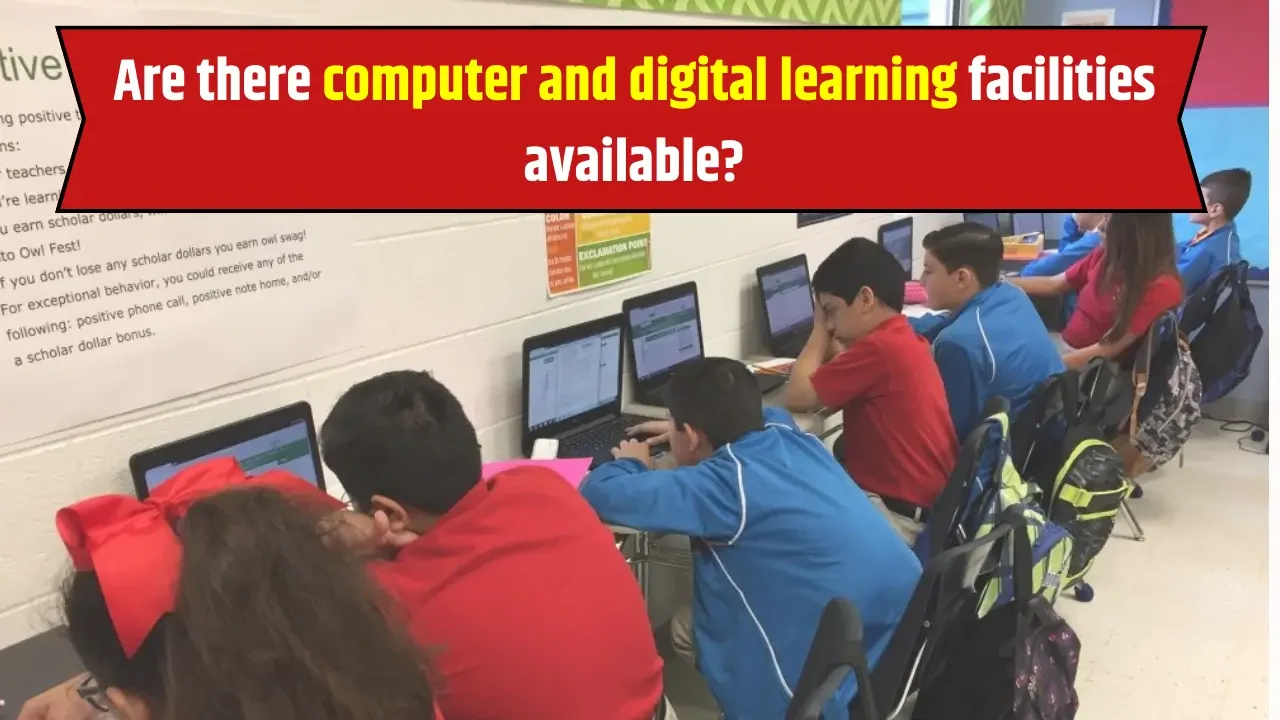In the modern world, access to computer and digital learning facilities is essential for equipping students with the skills needed to thrive in higher education, the workplace, and global society. Murray Girls High School, located in Wundanyi, Taita Taveta County, Kenya, recognizes this shift and has made significant investments in digital infrastructure to foster 21st-century learning.
The school’s commitment to technological integration supports not just the Kenya Certificate of Secondary Education (KCSE) curriculum, but also lifelong skills such as digital literacy, research, critical thinking, and innovation.
This article provides a detailed overview of the computer and digital learning facilities available at Murray Girls High School. It covers hardware, software, internet access, curriculum integration, and recent innovations as of 2025, offering a comprehensive perspective on how technology enhances education for every student.
Computer Laboratory Facilities
Hardware and Resources
- The school features multiple computer laboratories equipped with modern desktop computers and laptops, maintained for reliability and efficiency.
- Labs are fitted with projectors, printers, scanners, and multimedia stations, facilitating a range of interactive activities.
- Ergonomically designed furniture ensures comfort during extended computer use.
Internet Access and Connectivity
- High-speed Wi-Fi coverage extends throughout computer labs and learning areas, allowing seamless research and project work.
- Internet protocols and firewall systems are in place to ensure safe browsing and protect students from inappropriate online content.
Specialized Zones
- The school has set up dedicated coding labs and digital maker spaces, where students engage in programming, robotics, and multimedia projects.
- Additional workstations are provided in the library and selected classrooms to support research and blended learning.
Digital Curriculum Integration
Computer Studies and ICT
- Computer Studies is a core or elective subject, often beginning in Form 2 and continuing through Form 4, empowering students with digital skills, coding, and online research competencies.
- Lessons include Microsoft Office Suite, web design, database management, graphic design, and introductory programming languages.
- Use of educational software, simulations, and online platforms is common in classroom delivery and assignments.
STEM and Cross-Curricular Digital Learning
- Science, Math, and business subjects leverage technology for data analysis, simulation experiments, and presentation preparations.
- Digital platforms are integrated into homework, quizzes, and revision, making learning more interactive and personalized.
Table: Overview of Computer and Digital Learning Facilities
| Facility/Resource | Description and Purpose | Recent Upgrades (2025) |
| Computer Labs | Modern desktops, printers, scanners | New hardware, expanded Wi-Fi, coding kits |
| Digital Maker Spaces | Robotics, coding, multimedia tools | Upgraded robotics sets, 3D printers |
| Library Workstations | E-books, online journals, research tools | Addition of more computers, faster internet |
| Classroom Integration | Smart boards, tablets, digital content | Wider tablet distribution, smart projectors |
| Software and Security | Microsoft, Linux, specialized STEM apps | Improved security, advanced STEM tools |
Impact on Student Learning and Development
- Digital literacy for every girl prepares students for higher education and employability in a tech-driven world.
- Interactive lessons and online research foster critical thinking, innovation, and independent learning.
- Access to robotics, coding, and maker spaces sparks creativity and practical STEM exposure.
- Technology-enabled revision and assessment provide personalized feedback and improve outcomes.
- Group projects and digital collaboration develop teamwork and communication skills.
Bulleted Highlights of Facilities and Benefits
- Multiple computer labs with contemporary hardware and high-speed internet.
- ICT and Computer Studies taught across grade levels.
- Dedicated coding and digital maker spaces for innovation and hands-on learning.
- Smart classroom technologies—including tablets, projectors, and digital content—enhance teaching and engagement.
- Security systems and protocols ensure safe, responsible internet use.
- STEM subjects actively use digital tools for experiments and projects.
- Workstations available in both classrooms and the library support blended, flexible learning.
Recent Developments and Future Plans (2025)
- Expansion of coding and robotics modules in ICT, including Python, Scratch, and Arduino-based activities.
- Wider distribution of tablets to support blended learning in classrooms.
- Installation of more smart boards and digital projectors in learning areas.
- Partnerships with tech firms and local organizations for new software licenses and enrichment workshops.
- Launch of online library catalog and digital resources for remote access.
- Periodic digital skills competitions and hackathons promote interest and excellence.
Support Systems and Training
- Regular digital literacy workshops and teacher training programs keep staff updated on new technologies and methods.
- Students receive guidance in cybersecurity, safe online practices, and ethical digital use.
- Mentorship and peer tutoring for beginners ensures equitable access to digital competencies.
Conclusion
Murray Girls High School has embraced computer and digital learning facilities as an integral part of its educational mission. As of 2025, the school provides modern computer labs, digital maker spaces, smart classroom technologies, and up-to-date software—empowering students to develop essential digital skills and creativity.
With ongoing investments and a forward-looking approach, the school ensures every girl graduates digitally literate, innovative, and prepared for a world where technology is ever-present. This vision solidifies Murray Girls High School’s reputation as a trailblazer in holistic, modern girls’ education.














